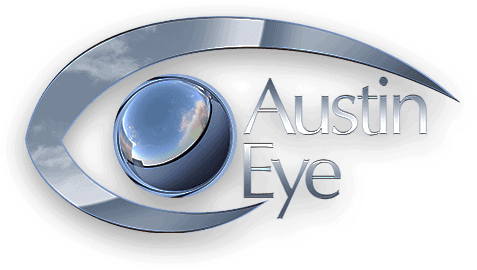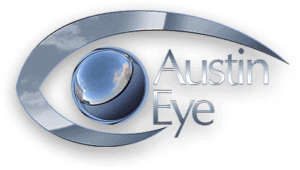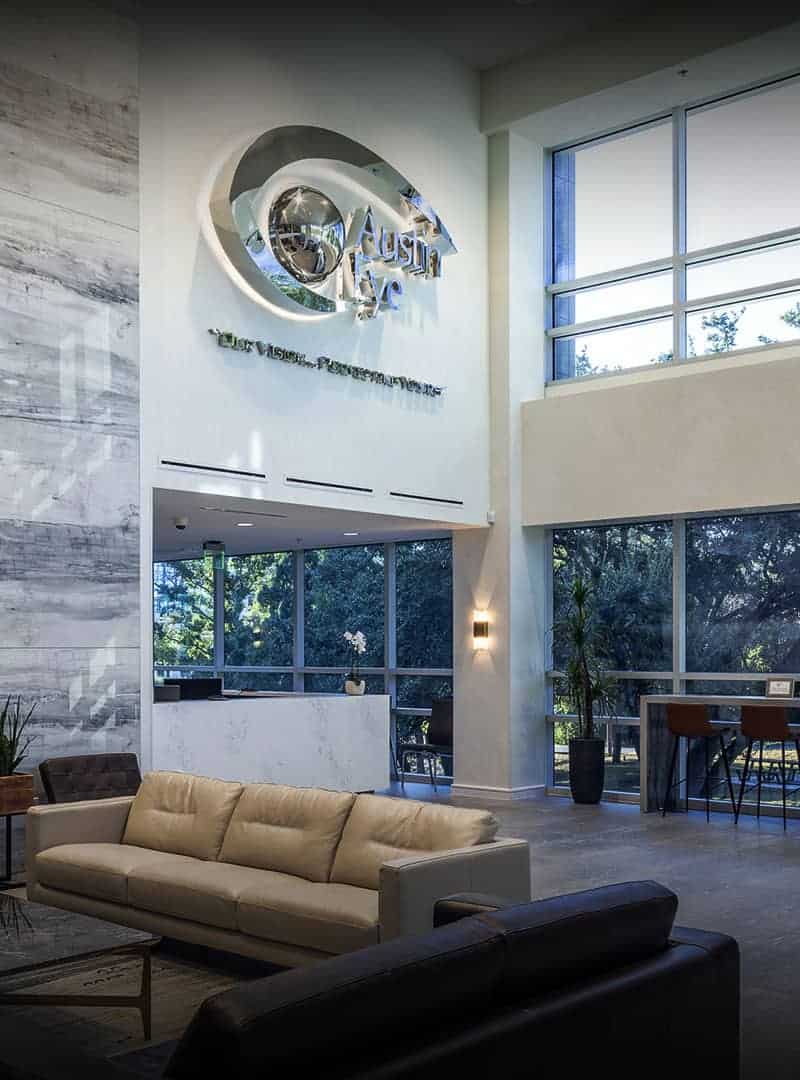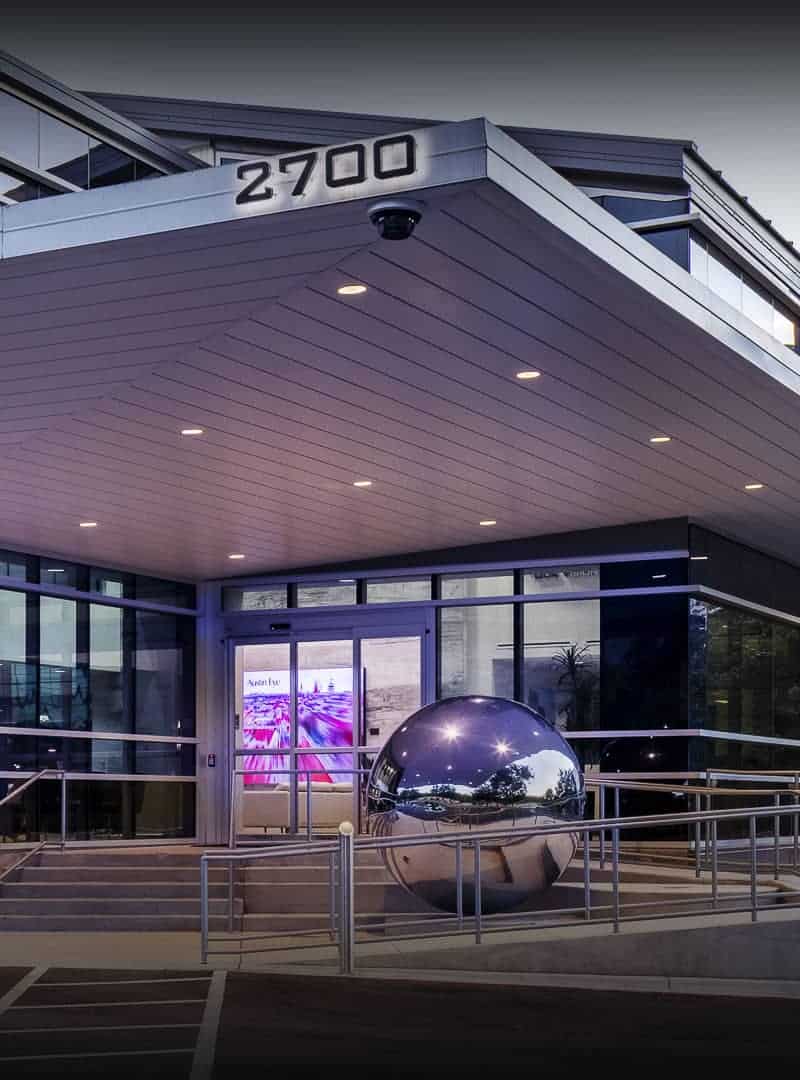Refractive Lens and Cataract Surgery with Premium Lens Implants
In most instances, the best surgical vision correction option for individuals who are 50 years old or older is refractive lens surgery or cataract surgery with premium intraocular lens implants (IOLs). The goal with either of these lens implant surgeries is to replace the natural, dysfunctional eye lens with a premium lens implant that restores clear vision.
In adults over 50 years old, replacing the dysfunctional lens with a premium IOL typically restores excellent near and far vision, and lessens the need for reading glasses. In addition, results from lens implant surgery with premium IOLs may remain more stable over time than with laser vision correction surgery (e.g., LASIK).
Benefits of Lens Implant Surgery
The eye’s natural lens ages over time, becoming cloudy, losing elasticity and functioning worse every year after the age of 50. In contrast, a lens implant (IOL) does not age. Thus, the three benefits for patients over the age of 50 who undergo lens implant surgery instead of laser vision correction surgery are:
- More stable vision over time
- Restoration of more youthful vision that allows many patients to see near and far away with minimal to no dependence on prescription eyewear
- No need for cataract surgery later in life
How Vision Changes as We Age
To understand how vision changes over time due to the natural aging process, it is important to understand the three zones of vision: near, midrange and far away. We focus our eyesight to see near (e.g., reading printed text on paper), midrange (e.g., looking at a computer monitor) and in the distance (e.g., recognizing street signs while driving).
Individuals who are 40 years old or younger are typically able to focus freely and without effort among the three vision zones. Adults between the ages of 40-50 typically develop presbyopia, making it increasingly difficult to refocus from far to near. In essence, this group loses the ability to focus in the first, or near, zone due to presbyopia. People in this age group often begin to rely on the use of reading glasses, “magnifiers” or “cheaters” to see near.
Individuals who are 50 years old or older lose the ability to focus in the second, or midrange, zone. These adults begin to use reading glasses for both near and midrange vision. Adults over 50 years old are essentially left with the ability to see in just one focal zone; they have only fixed-focus vision and can only see clearly without help in this zone.
Fortunately, Austin Eye offers a wide range of vision correction procedures for patients suffering from age-related vision issues, including options for Austin cataracts patients. Please click on the information toolbar to learn more about which vision correction option may be best for you.
Premium IOLs for Near, Midrange and Far Vision Without Prescription Eyewear
At Austin Eye, we offer three exciting new lens implant (IOL) technologies for individuals seeking more youthful vision and / or presbyopia correction:
Click here to see a comparison of all lens options.







